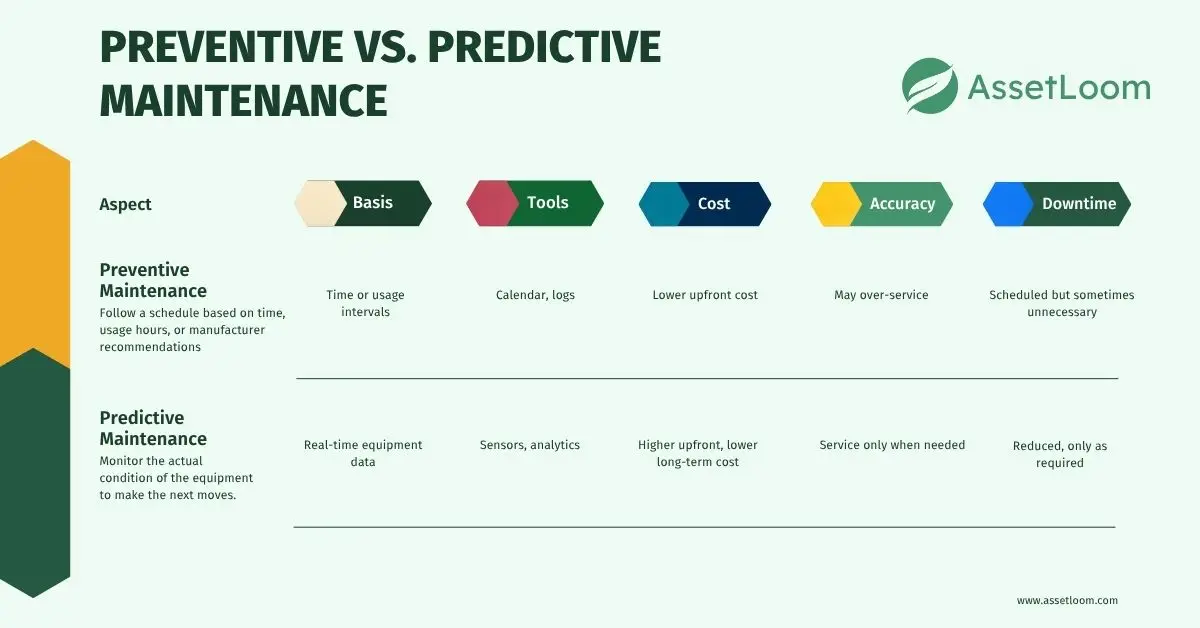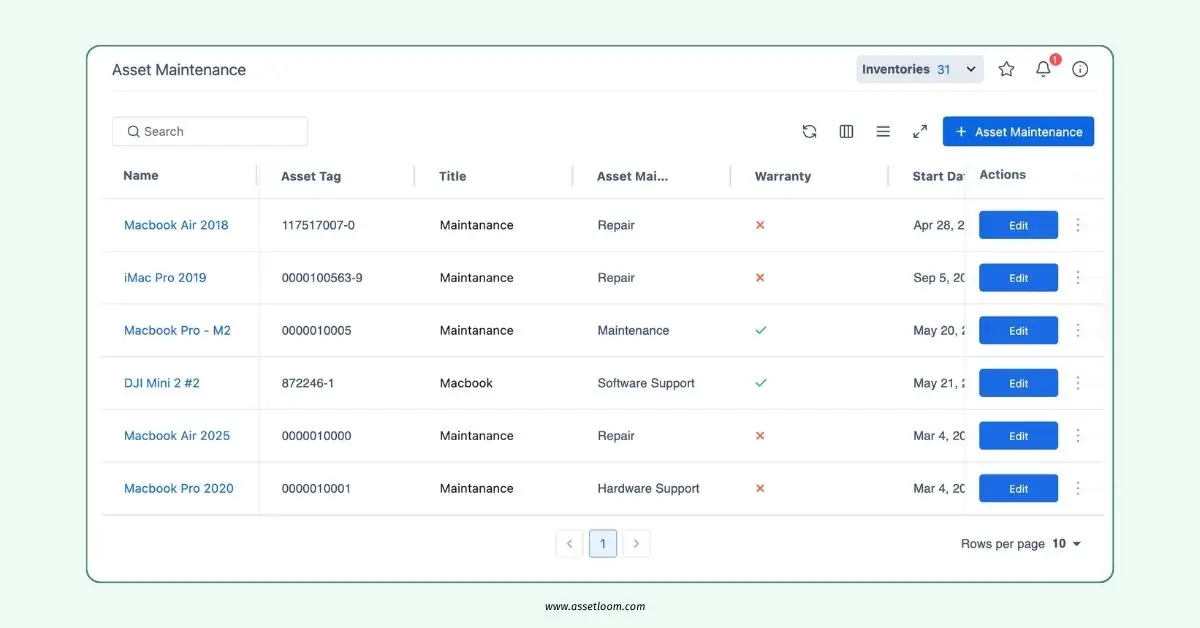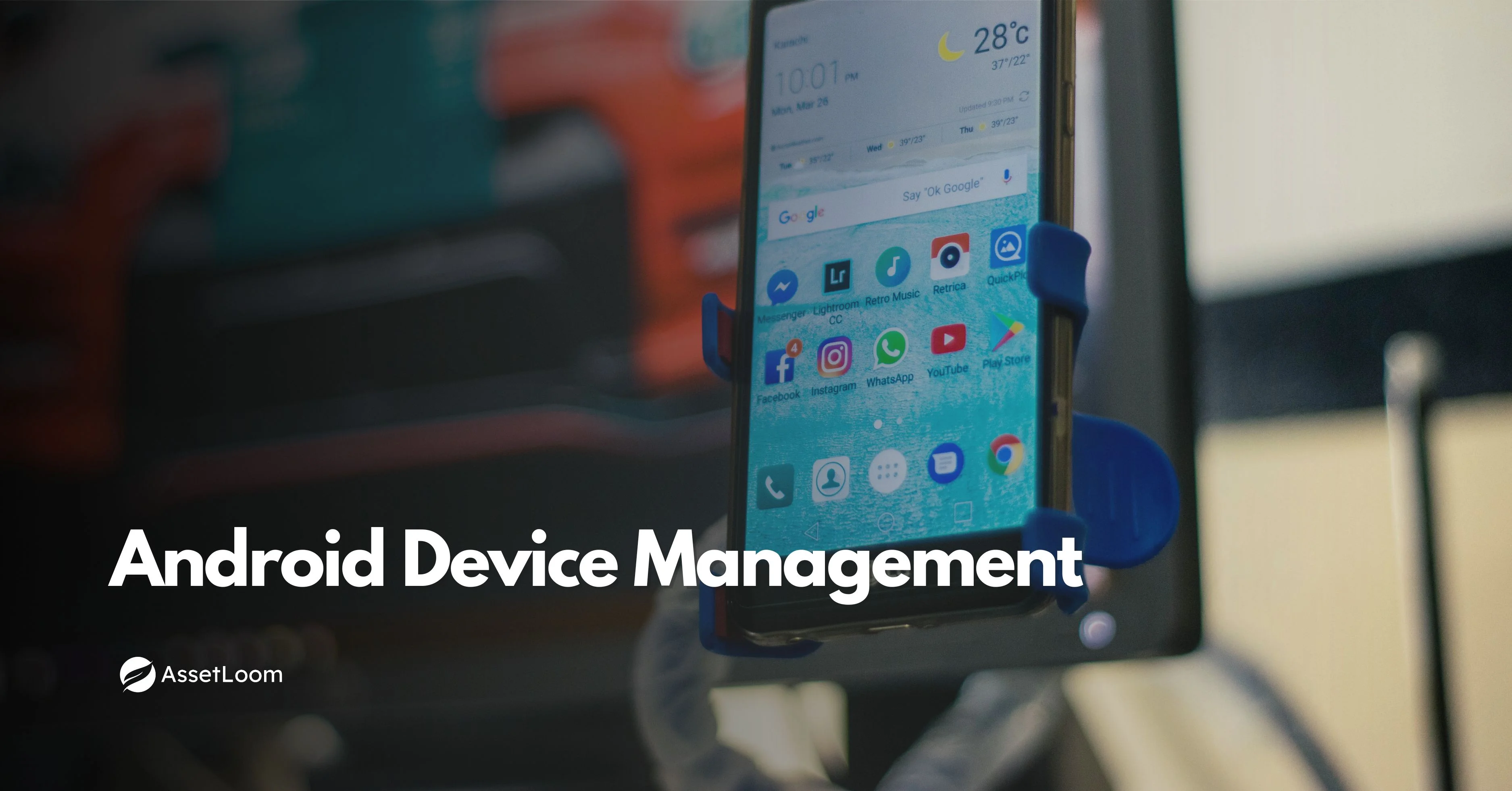Heavy Equipment Maintenance Software: Preventive vs. Predictive Maintenance
In heavy equipment maintenance software, preventive maintenance works on a fixed schedule. Predictive, meanwhile, relies on real-time data.
When it comes to managing heavy machinery, one question always comes up: how do you keep your equipment running without unexpected breakdowns? The answer often lies in the type of maintenance strategy you follow. Traditionally, companies have relied on preventive maintenance, but in recent years, predictive maintenance has been gaining ground. Both approaches aim to reduce downtime and extend the life of your machines, but they work in different ways.
In this article, we will explore the differences between preventive and predictive maintenance, their pros and cons, and how heavy equipment maintenance software plays a key role in both strategies.
What is Preventive Maintenance?
Preventive maintenance is all about routine. It follows a schedule based on time, usage hours, or manufacturer recommendations. For example, you might service an excavator every 250 hours or change the oil in a bulldozer every six months. The idea is simple: if you maintain your machines regularly, you reduce the chances of failure.
Preventive maintenance has been the industry standard for years because it is easy to plan. It does not require complex tools or data analysis. You set a schedule, perform the work, and move on.
However, there is one drawback: you might end up performing maintenance when it is not necessary. For instance, replacing a part that still has months of life left is a common scenario. This can increase costs over time.
What is Predictive Maintenance?
Predictive maintenance takes a different approach. Instead of sticking to a schedule, it monitors the actual condition of the equipment. Sensors, telematics, and data analytics help determine when a part is likely to fail. This means you only perform maintenance when it is needed.
Imagine you have a wheel loader with a vibration sensor. The sensor detects unusual patterns that often indicate bearing wear. Instead of waiting for the bearing to fail or replacing it too early, predictive maintenance lets you act just in time.
This method reduces unnecessary work and saves money on parts and labor. It also minimizes unexpected breakdowns because you have real-time insight into your equipment’s health.
Key Differences Between Preventive and Predictive Maintenance
Preventive and predictive maintenance share the same goal, keeping your machines running smoothly and avoiding costly breakdowns. But they take very different paths to get there. Understanding these differences can help you choose the right approach for your operation.

1. Basis for Maintenance
Preventive maintenance works on a fixed schedule. You service equipment after a certain amount of time or usage hours, regardless of its actual condition. For example, you might change the oil every 250 hours because the manufacturer recommends it.
Predictive maintenance, on the other hand, relies on real-time data. It monitors how the machine is performing and predicts when a failure might happen. Instead of replacing a component early or too late, you replace it exactly when it needs attention.
2. Tools and Technology
Preventive maintenance is simple. You can manage it with a calendar, logbooks, or equipment management software that tracks service intervals. It doesn’t require advanced technology.
Predictive maintenance requires more sophisticated tools. Sensors, telematics devices, and analytics software collect data on temperature, vibration, fuel efficiency, and more. This data helps predict problems before they occur, which means you need systems capable of processing and analyzing this information.
3. Cost
At first glance, preventive maintenance looks cheaper. It has low upfront costs because you don’t need expensive sensors or high-tech software. However, you may spend more over time because you often replace parts that still have useful life left. This increases labor and material costs unnecessarily.
Predictive maintenance involves a higher initial investment in monitoring tools and heavy equipment maintenance software. But in the long run, it usually saves money by reducing unplanned downtime and avoiding unnecessary replacements.
4. Accuracy and Efficiency
Preventive maintenance follows a schedule, but the schedule doesn’t always match the actual wear and tear of your equipment. This means you might be servicing machines that don’t need it yet or missing early signs of failure between scheduled checks.
Predictive maintenance is more precise. By monitoring real-time data, it alerts you to issues as soon as they arise. This accuracy helps you plan repairs only when needed, saving time and resources.
5. Impact on Downtime
Preventive maintenance reduces the risk of major breakdowns, but it can still cause unnecessary downtime when you take machines out of service for maintenance they don’t really need.
Predictive maintenance minimizes downtime because it allows you to schedule repairs only when indicators suggest a problem. This means fewer interruptions and more productivity.
Where Does Heavy Equipment Maintenance Software Fit In?
Whether you choose preventive or predictive maintenance, or a mix of both, you need a reliable way to manage tasks, track equipment, and keep records. This is where heavy equipment maintenance software becomes essential.
For Preventive Maintenance
Software helps automate schedules. You can set reminders based on time, engine hours, or mileage. Instead of using spreadsheets or paper logs, the system tracks everything for you. This reduces missed services and ensures compliance with maintenance plans.
Check this out: Why the Equipment Tracking Spreadsheet Fails
For Predictive Maintenance
Predictive maintenance relies on data. Many modern software platforms integrate with telematics and IoT sensors to collect real-time information. This includes engine performance, fuel consumption, temperature, and vibration levels. The software analyzes this data and alerts you when something is off, allowing you to act before a breakdown occurs.
Benefits of Using Equipment Management Software
- Centralized Data: All maintenance records, inspections, and repair history are stored in one place.

Equipment maintenance management in AssetLoom
- Improved Planning: You can see which machines need service soon and plan jobs accordingly.
- Cost Control: Reduces unnecessary part replacements and minimizes downtime.
- Compliance: Helps maintain safety and regulatory standards with accurate documentation.
- Scalability: Works for small fleets and large operations alike.
Which is Better: Preventive or Predictive Maintenance?
There is no one-size-fits-all answer. Preventive maintenance works well for companies that want a simple, predictable schedule. It is easier to set up and does not require advanced technology. Predictive maintenance, on the other hand, is best for operations that want to maximize uptime and minimize waste. It requires more investment in sensors and software but pays off in reduced repair costs and longer equipment life.
In many cases, companies use a combination of both. They follow preventive schedules for basic tasks like oil changes and use predictive techniques for critical components that are costly to replace.
The Future of Heavy Equipment Maintenance
The industry is moving towards data-driven strategies. As sensors become more affordable and software more advanced, predictive maintenance will become more common. Companies that adopt these tools will likely see fewer breakdowns, better efficiency, and lower costs.
However, the key to success is not just choosing a maintenance strategy. It is about implementing the right tools to support it. Heavy equipment maintenance software is no longer optional; it is a necessity for staying competitive.
Read also: Heavy Equipment Tracking vs. ITAM Software: Which Solution Fits Your Business Needs?
Final Thoughts
Keeping heavy equipment in top shape is not just about fixing problems when they happen. It is about preventing them in the first place. Whether you stick with preventive maintenance, move to predictive maintenance, or blend both, the right software can make the process easier, more accurate, and more cost-effective.
If you are still managing maintenance with spreadsheets or paper logs, now is the time to rethink your approach. The right system can save time, reduce costs, and help you make better decisions for your fleet.

Subscribe for Expert Tips and Updates
Receive the latest news from AssetLoom. right in your inbox


